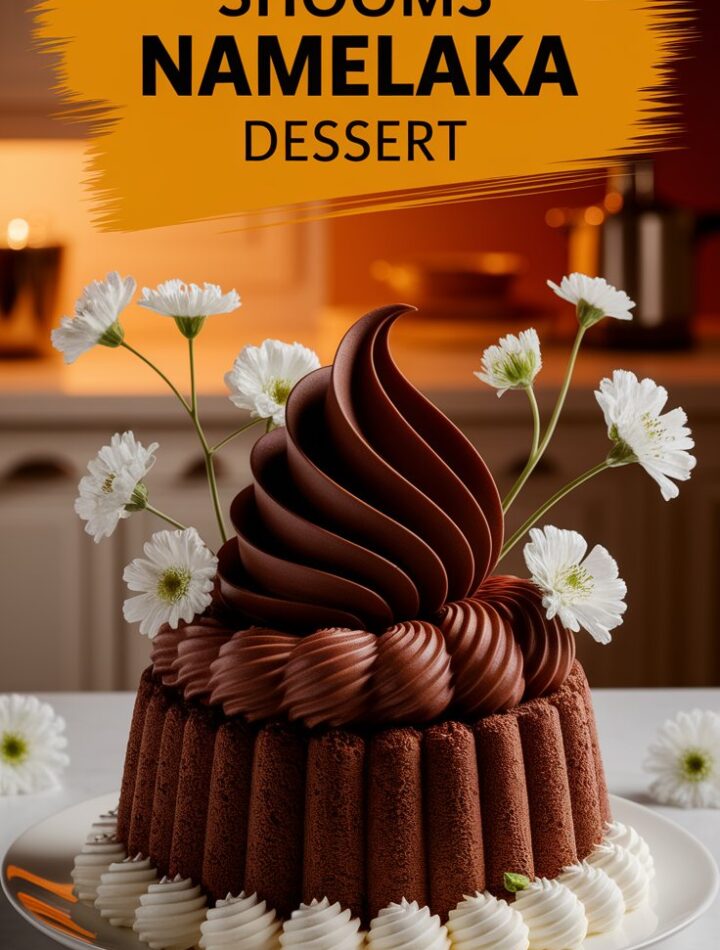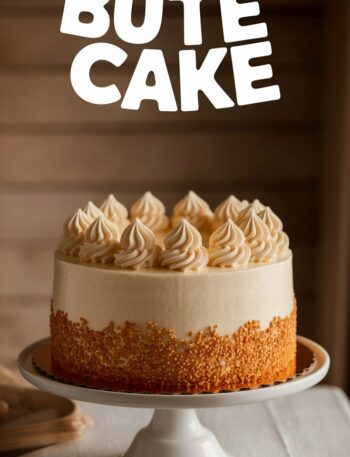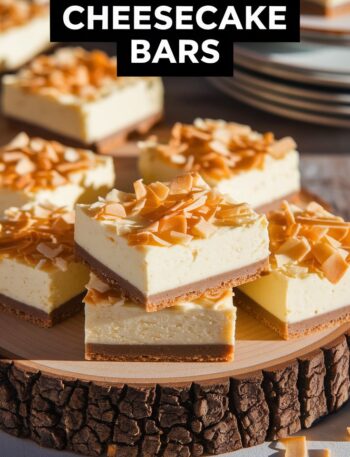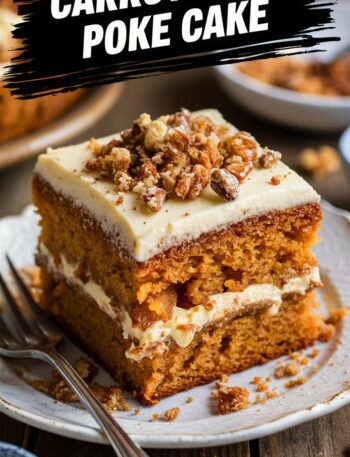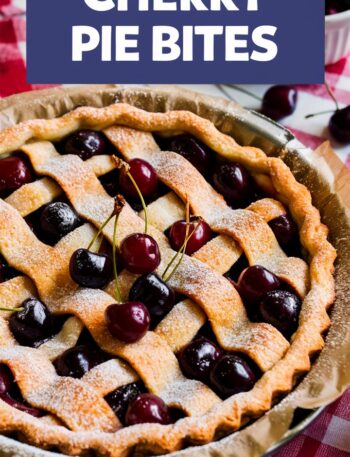When it comes to modern pastry, one cream has taken the spotlight in kitchens around the world: Namelaka.
Originating from Japanese-French pastry fusion, namelaka (なめらか) literally means “smooth and creamy”—and the name couldn’t be more accurate.
Unlike classic custards or mousses, this ultra-smooth cream delivers a luxurious mouthfeel while being surprisingly light. It bridges the gap between ganache, pastry cream, and mousse, making it one of the most versatile preparations in contemporary desserts.
What Is Namelaka?
Namelaka is a modern pastry cream developed by the Valrhona Chocolate School in France. It was created as a way to highlight the pure flavors of chocolate while achieving a texture that is simultaneously rich and feather-light.
Technically, it’s an emulsified cream made with:
- Milk
- Chocolate (white, milk, or dark)
- Gelatin (for light structure)
- Heavy cream
Unlike pastry cream, Namelaka contains no eggs or flour. Unlike mousse, it isn’t whipped with air. Instead, its texture comes from a delicate balance of gelatin and chocolate fats. The result is a silky cream that holds its shape but melts instantly on the tongue.
Why You’ll Love This Recipe
- Silky Smooth Texture: Melt-in-your-mouth creaminess.
- Versatile: Can be used as a filling, topping, or plated dessert.
- Simple Ingredients: Requires only 4–5 pantry staples.
- Customizable: Easily infused with flavors (coffee, tea, citrus, fruit).
- Make-Ahead Friendly: Prepares in advance and stores beautifully.
Ingredients You’ll Need
Here’s a simple yet precise list of what you’ll need to create the perfect Namelaka.
Core Ingredients:
- Whole Milk – Provides creaminess and enhances flavor.
- Chocolate – Choose high-quality chocolate (dark, milk, or white). The cocoa percentage will affect sweetness and texture.
- Gelatin – Gives light structure without heaviness. Can use powdered or sheet gelatin.
- Heavy Cream – Must have at least 30–35% fat content for stability.
Optional Additions:
- Glucose Syrup or Honey – Prevents crystallization, adds subtle sweetness.
- Flavorings – Vanilla, coffee, tea, citrus zest, herbs, or fruit purées.
Step-by-Step Instructions
Step 1: Bloom the Gelatin
- For powdered gelatin: Sprinkle it over 3x its weight in cold water. Let sit 5–10 minutes.
- For sheet gelatin: Soak in cold water until soft (about 5 minutes), then squeeze excess water.
Step 2: Heat the Milk
- Place milk in a small saucepan.
- Warm gently until just simmering (do not boil).
- If adding flavor (vanilla, tea, coffee), infuse it at this stage.
Step 3: Incorporate Gelatin
- Remove milk from heat.
- Stir in bloomed gelatin until completely dissolved.
Step 4: Create the Emulsion
- Place chopped chocolate in a heatproof bowl.
- Pour the hot milk mixture over the chocolate in 2–3 additions.
- Stir gently, starting from the center, until smooth and glossy.
Step 5: Add Heavy Cream
- Stir in cold heavy cream.
- Use an immersion blender for 1–2 minutes to achieve a silky, lump-free texture.
Step 6: Chill
- Pour mixture into a clean container.
- Cover surface with plastic wrap (to prevent skin).
- Chill at least 6 hours, preferably overnight.
Serving Suggestions
Namelaka can be enjoyed in endless ways:
- Cake Filling – Layer between sponge cakes or cheesecakes.
- Tart Cream – Pipe into tart shells, top with fruit.
- Eclairs & Choux Pastry – A luxurious alternative to custard.
- Plated Dessert – Pipe quenelles with fresh fruit and crumble.
- Parfaits & Verrines – Alternate with layers of biscuit and coulis.
- Whipped Namelaka – Lightly whip after chilling for a mousse-like texture.
Variations
- White Chocolate Namelaka: Sweet, delicate, perfect with fruits.
- Milk Chocolate Namelaka: Balanced cocoa richness, versatile for cakes.
- Dark Chocolate Namelaka: Intense, elegant, perfect for sophisticated desserts.
- Fruit-Infused Namelaka: Blend with strawberry, raspberry, or passion fruit puree.
- Tea/Coffee Namelaka: Infuse milk with Earl Grey, matcha, or espresso.
Storage & Shelf Life
- Refrigeration: Airtight container, up to 4 days.
- Freezing: Up to 1 month; thaw overnight in the fridge.
- Reheating: Not recommended—heat will destroy texture.
Expert Tips for Success
- Choose Quality Chocolate – The cream depends on it.
- Don’t Skip the Immersion Blender – Prevents lumps and ensures shine.
- Measure Gelatin Carefully – Too little = runny; too much = rubbery.
- Patience Is Key – Needs at least 6 hours to set.
- Customize Thoughtfully – Add flavors at the milk stage for best infusion.
Troubleshooting Common Problems
- Grainy Texture: Chocolate not fully melted → Use immersion blender.
- Too Soft: Not enough gelatin or chilled less than 6 hours.
- Too Firm: Too much gelatin or over-measured chocolate.
- Split/Curdled: Chocolate too hot → Always cool milk slightly before pouring.
- Lack of Flavor: Use high-quality chocolate; consider adding extracts or purees.
FAQs
Q: Can I make Namelaka without gelatin?
A: You can try agar-agar or pectin, but the texture will change.
Q: What’s the best chocolate percentage?
A: Around 70% cocoa for dark chocolate gives balance.
Q: Can I whip Namelaka?
A: Yes—light whipping creates a mousse-like texture.
Q: Is it suitable for piping?
A: Absolutely. Once set, it pipes beautifully.
Q: Can I make it vegan?
A: Yes, by using plant-based milk, cream, and agar-agar, but texture will differ.
Nutrition (per 100g serving, approx.)
- Calories: 340
- Fat: 26g
- Carbs: 25g
- Protein: 4g
(Varies with chocolate type.)
Conclusion
Namelaka is more than just a cream—it’s a celebration of modern pastry artistry. Silky, luscious, and endlessly versatile, this Japanese-French fusion creation transforms any dessert into a showstopper.
Whether you’re a home baker exploring advanced techniques or a professional chef looking for refinement, Namelaka deserves a spot in your repertoire. Once you master it, you’ll find countless ways to use it—from tarts and cakes to plated desserts worthy of a five-star restaurant.
